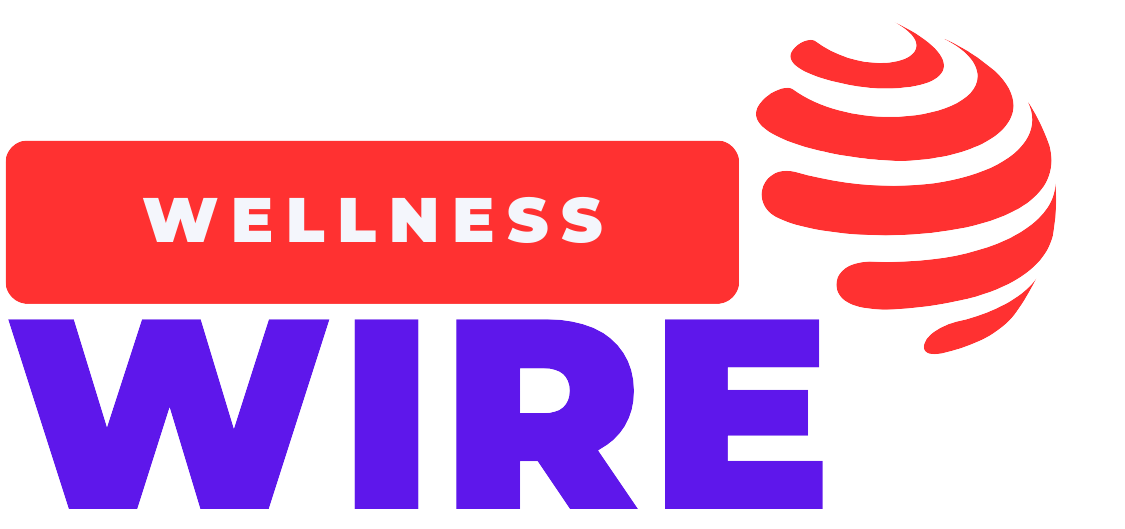Dancing for Your Brain: How Movement Can Reduce Alzheimer’s Risk and Boost Mental Health
Discover how dancing boosts brain health, improves memory, and lowers the risk of Alzheimer’s disease. Backed by research and expert insights.

How Dancing Improves Brain Health & Reduces the Risk of Alzheimer’s
Alzheimer’s disease affects over 55 million people worldwide, with numbers projected to rise sharply over the next two decades. While no definitive cure exists yet, research increasingly points toward lifestyle choices that can significantly influence brain health. Among them, dancing has emerged as a powerful, science-backed activity to protect the brain and enhance cognitive function.
Dancing isn’t just a joyful form of self-expression—it may also hold the key to keeping your mind sharp and resilient as you age.
The Science Behind Dance and Brain Function
Unlike repetitive exercises such as walking or running, dancing requires a combination of coordination, memory, rhythm, and spatial awareness. This complexity is exactly why dance is so beneficial for the brain.
A landmark study published in the New England Journal of Medicine found that regular dancing reduced the risk of dementia by 76%, outperforming other physical activities such as swimming, cycling, and golf. According to Harvard Medical School, dancing activates several brain regions simultaneously—including those related to motor function, memory, planning, and coordination.
How Dancing Boosts Brain Health
1. Enhances Neuroplasticity
Neuroplasticity is the brain’s ability to form and reorganize synaptic connections, especially in response to learning or experience. Dancing encourages new neural connections by constantly challenging the brain to learn and adapt to new patterns, steps, and rhythms.
Research from the Frontiers in Aging Neuroscience journal shows that older adults who participated in 6 months of dance training experienced noticeable improvements in balance, memory, and hippocampal volume—a brain region critical for memory and the first to be affected by Alzheimer’s.
2. Improves Mood and Reduces Stress
Chronic stress and depression are risk factors for cognitive decline. Dancing boosts the production of dopamine and serotonin, chemicals that regulate mood and relieve anxiety. Group dance sessions also encourage social bonding, which plays a vital role in emotional well-being and cognitive resilience.
3. Stimulates Memory Recall
Learning choreography requires short-term and long-term memory, which exercises brain areas often affected in early Alzheimer’s. Styles such as ballroom, jazz, and folk dancing involve sequences that engage memory recall, sequencing, and problem-solving.
A study by the Albert Einstein College of Medicine found that dancing was the only physical activity associated with a reduced risk of dementia among seniors.
Dance Styles That Are Especially Brain-Friendly
Not all dance styles are created equal when it comes to cognitive benefits. The best ones involve a combination of aerobic activity and complex choreography:
-
Ballroom dancing: Enhances coordination, rhythm, and memory.
-
Contemporary dance: Encourages creativity and expressive movement.
-
Latin dance (Salsa, Bachata): Involves partner interaction, fast-paced rhythms, and improvisation.
-
Folk and cultural dances: Connect memory, culture, and storytelling.
-
Zumba: A fun, high-energy option that mixes dance and fitness.
For those new to dancing, even simple steps like line dancing or guided movement classes can offer significant cognitive and emotional benefits.
Real-Life Examples of Dancing and Cognitive Longevity
Numerous communities around the world have adopted dance as a form of preventive care. In Japan, “radio taiso” and community dance events are integrated into elder care programs. In Germany, senior centers often include dance-based memory programs designed for early-stage Alzheimer’s patients.
Closer to home, organizations like Dance for PD offer specialized dance classes for people with Parkinson’s and other neurodegenerative conditions, showing that movement can bring dignity, joy, and improved quality of life even in the face of illness.
How Often Should You Dance?
Experts suggest incorporating dance-based movement 2–3 times a week for at least 30 minutes per session. Consistency is more important than intensity. You don’t need to master complex choreography—the goal is to engage your brain while moving your body.
If traditional dance classes aren’t accessible, try:
-
Online dance tutorials via YouTube
-
Dance fitness apps such as Just Dance Now or STEEZY
-
Local community centers or virtual meetups
Dance as a Preventive Tool for Alzheimer’s
While genetics, aging, and other uncontrollable factors contribute to Alzheimer’s, lifestyle interventions like dancing can delay or even prevent onset. The Alzheimer’s Association supports activities that combine aerobic exercise, social engagement, and cognitive stimulation—all of which dance delivers in a single package.
As Mayo Clinic highlights, regular physical activity is one of the most reliable methods for maintaining cognitive health, especially when paired with healthy sleep, diet, and mental engagement.
Final Thoughts
Dancing is not just a form of entertainment. It’s a neuroprotective, life-enhancing activity that supports brain health on multiple levels. Whether you’re a beginner swaying in your living room or a seasoned dancer mastering new routines, every step strengthens your brain’s ability to think, remember, and connect.
In a world where Alzheimer’s is becoming more common, adding a little rhythm to your routine may be one of the smartest steps you can take.
What's Your Reaction?
 Like
0
Like
0
 Dislike
0
Dislike
0
 Love
0
Love
0
 Funny
0
Funny
0
 Angry
0
Angry
0
 Sad
0
Sad
0
 Wow
0
Wow
0



















































